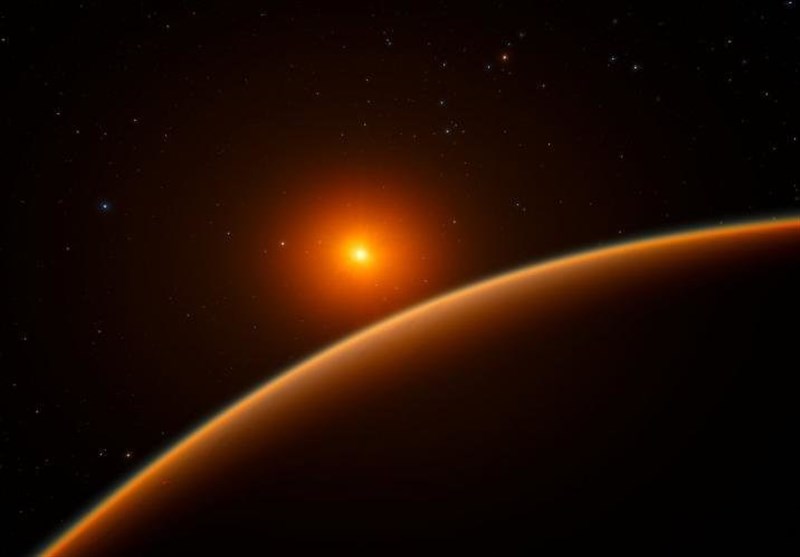Super-Earth in Habitable Zone: Is There Life?
TEHRAN (Tasnim) – Astronomers discovered an exoplanet orbiting a red dwarf star 40 light-years from Earth that may be the new holder of the title 'best place to look for signs of life beyond the solar system'.
The newly discovered super-Earth LHS 1140b orbits in the habitable zone around a faint red dwarf star named LHS 1140, in the constellation of Cetus (The Sea Monster).
Red dwarfs are much smaller and cooler than the Sun and, although LHS 1140b is ten times closer to its star than the Earth is to the Sun, it only receives about half as much sunlight from its star as the Earth and lies in the middle of the habitable zone. The orbit is seen almost edge-on from Earth and as the exoplanet passes in front of the star once per orbit it blocks a little of its light every 25 days.
"This is the most exciting exoplanet I've seen in the past decade," said lead author Jason Dittmann of the Harvard-Smithsonian Center for Astrophysics. "We could hardly hope for a better target to perform one of the biggest quests in science -- searching for evidence of life beyond Earth."
For life as we know it to exist, a planet must have liquid surface water and retain an atmosphere. When red dwarf stars are young, they are known to emit radiation that can be damaging for the atmospheres of the planets that orbit them. In this case, the planet's large size means that a magma ocean could have existed on its surface for millions of years. This seething ocean of lava could feed steam into the atmosphere long after the star has calmed to its current, steady glow, replenishing the planet with water.
The discovery was initially made with the MEarth facility, which detected the first telltale, characteristic dips in light as the exoplanet passed in front of the star. ESO's HARPS instrument, the High Accuracy Radial velocity Planet Searcher, then made crucial follow-up observations which confirmed the presence of the super-Earth. HARPS also helped pin down the orbital period and allowed the exoplanet's mass and density to be deduced.
The astronomers estimate the age of the planet to be at least five billion years. They also deduced that it has a diameter 1.4 times larger than the Earth -- almost 18,000 kilometers. But with a mass around seven times greater than the Earth, and hence a much higher density, it implies that the exoplanet is probably made of rock with a dense iron core.





